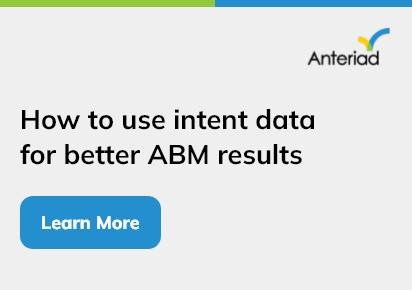The swift advancement of cloud computing has resulted in more intricate hybrid environments, where organizations manage workloads between various cloud providers and on-premises systems. This is where the idea of the ‘supercloud’ comes into play—a cohesive framework that simplifies complexities across different cloud platforms, allowing for efficient data management, security, and workload coordination. As businesses face challenges related to distributed data, regulatory requirements, and performance enhancement, superclouds are becoming essential for future hybrid cloud strategies.
The Supercloud Paradigm: A Unified Cloud Control Plane
A supercloud goes beyond a multi-cloud or hybrid-cloud approach; it acts as a control layer that standardizes operations across various cloud environments. It offers an abstraction layer that removes dependency on a single cloud provider, facilitating uniform policy enforcement, data governance, and workload mobility. This design addresses a major obstacle in hybrid cloud adoption—handling data sprawl while maintaining security and performance.
In contrast to conventional multi-cloud strategies that involve managing separate cloud platforms independently, a supercloud consolidates multiple environments into a unified operational framework. This enables IT teams to centralize management, analytics, and automation across AWS, Azure, Google Cloud, and private clouds without needing specific configurations for each provider.
Enhancing Data Management in Hybrid Environments
Hybrid environments introduce complexities related to data consistency, compliance, and latency. Superclouds help organizations tackle these issues by ensuring:
- Data Interoperability: Traditional cloud environments often suffer from compatibility issues between services from different providers. A supercloud enables a uniform data management framework, allowing seamless movement of workloads and data across clouds.
- Automated Compliance and Governance: Regulatory frameworks such as GDPR, HIPAA, and CCPA mandate strict controls on data residency and access. Superclouds implement automated compliance policies that adapt dynamically across multiple cloud platforms.
- Performance Optimization and Latency Reduction: By leveraging intelligent data routing and workload orchestration, superclouds optimize performance, reducing latency by ensuring that data processing occurs closest to its source.
- Cost Efficiency: Enterprises using multiple cloud providers often experience unpredictable costs due to varying pricing models. A supercloud provides real-time analytics on usage patterns, enabling smarter cost management and allocation.
Security and Zero Trust Architecture in Superclouds
Security remains a critical concern in hybrid environments, where data traverses multiple networks and storage systems. Superclouds enhance security by embedding Zero Trust Architecture (ZTA) principles across their framework. Unlike traditional security models that assume trust within the network perimeter, ZTA enforces authentication, authorization, and continuous monitoring at every access point.
Key security features of superclouds include:
- Unified Identity and Access Management (IAM): Superclouds enforce role-based access controls (RBAC) and attribute-based access controls (ABAC) across all cloud platforms, ensuring consistent security policies.
- End-to-End Encryption: Data in transit and at rest remains protected through encryption protocols that comply with industry standards.
- AI-Driven Threat Detection: Superclouds leverage AI-powered anomaly detection to monitor network traffic and detect malicious activities in real time.
- Automated Remediation: In case of a security breach, superclouds can execute predefined remediation playbooks, minimizing downtime and impact.
AI and Automation: The Backbone of Supercloud Efficiency
AI-driven automation is at the core of supercloud efficiency. Machine learning models analyze cloud usage patterns, anticipate infrastructure needs, and auto-scale resources dynamically. Some key AI-powered functionalities include:
- Predictive Resource Allocation: AI predicts workload demands, provisioning resources only when needed, optimizing costs and efficiency.
- Automated Policy Enforcement: Compliance policies are monitored and enforced through AI-driven automation, reducing manual intervention.
- Self-Healing Infrastructure: Superclouds can detect and mitigate failures autonomously, ensuring minimal service disruption.
Supercloud Adoption: Challenges and Considerations
While superclouds offer transformative potential, their adoption comes with challenges:
- Complex Implementation: Integrating a supercloud layer requires significant architectural planning and skilled personnel.
- Vendor Compatibility Issues: Not all cloud providers fully support seamless integration into a supercloud framework.
- Data Sovereignty Concerns: Compliance with data residency regulations remains a challenge, requiring careful workload distribution.
Also read: Choosing the Right Cloud Service: IaaS, PaaS, or SaaS?
The Future of Superclouds in Hybrid Data Management
Superclouds are set to be the foundation of future enterprise IT strategies. Thanks to ongoing progress in AI-powered automation, security enhancements, and cost efficiency, superclouds will be essential for helping organizations effectively manage their distributed data.
By offering a consolidated, smart, and automated control layer across various cloud platforms, superclouds are transforming data management—giving enterprises the ability to respond with flexibility, security, and agility within a more intricate cloud landscape. For companies looking to safeguard their cloud strategies for the future, investing in supercloud technology could be crucial for achieving remarkable scalability and operational effectiveness.



